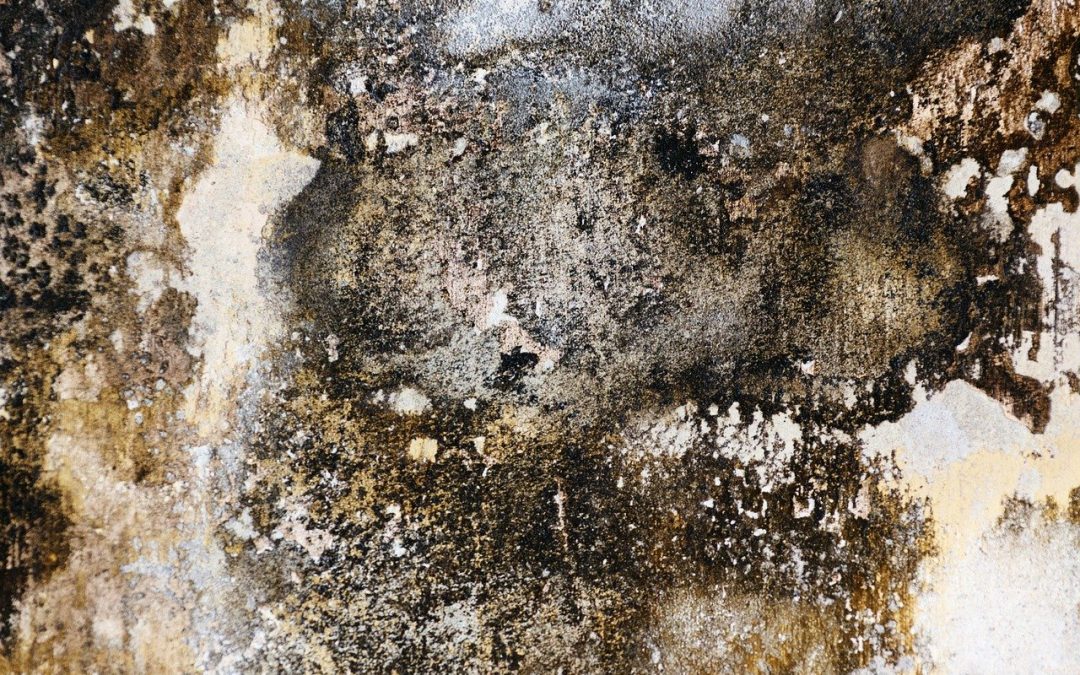Is it really Rising Damp?
Excess water/moisture in all its forms (vapour, liquid, and flooding) is still the most common problem in housing. Damp in buildings may be apparent from:
- Damp patches.
- Mould growth.
- Mildew, salts, staining and tide marks.
- Damage to surface finishes, such as blistering paint and bulging plaster.
- Corrosion and decay of the building fabric.
- Slip hazards.
- Frost damage.
- Poor performance of insulation.
- Damage to equipment, or electrical failure.
Successful solutions can only be achieved if the type of damp is correctly diagnosed. The complexity of existing buildings means that damp is very often misdiagnosed, leading to future problems, cost and disruption to the occupants.
When identifying damp and its causes, architects, surveyors and project managers need to consider the current condition and the expected post-construction condition of the building.
There are a number of established methods for diagnosing damp, one of which involves the use of an electronic moisture meter. Hand-held electronic moisture meters, often referred to as damp meters, are not capable of accurately determining moisture content of the masonry and are calibrated to be used only on clean, untreated timber as stated in British Standards BS 6576 and BS 5250. They are calibrated within the range of 8-28% moisture content. Readings below or above this are meaningless. .
All our surveys take the above methods into account and are carried out in accordance with:-
- BS7913:2013 Guide to the Conservation of Historic Buildings
- BS 5250:2016 Code of practice for control of condensation in buildings.
- And the SPAB approach to building conservation which combines well-proven principles with practical repair techniques.

